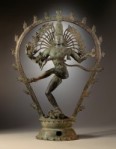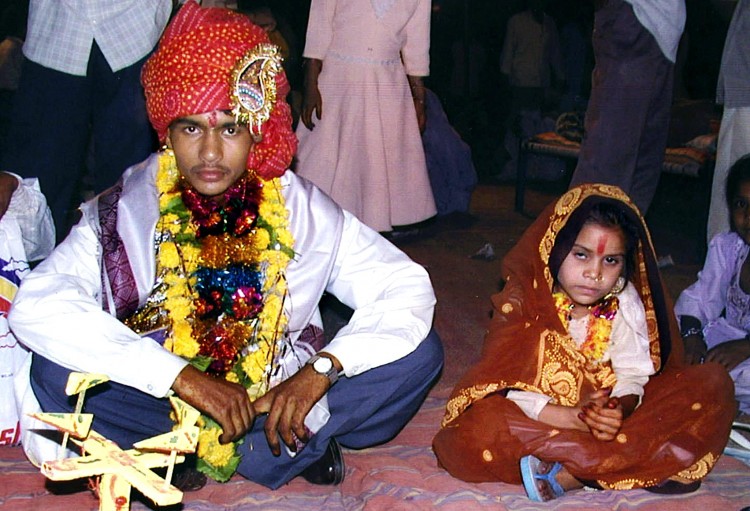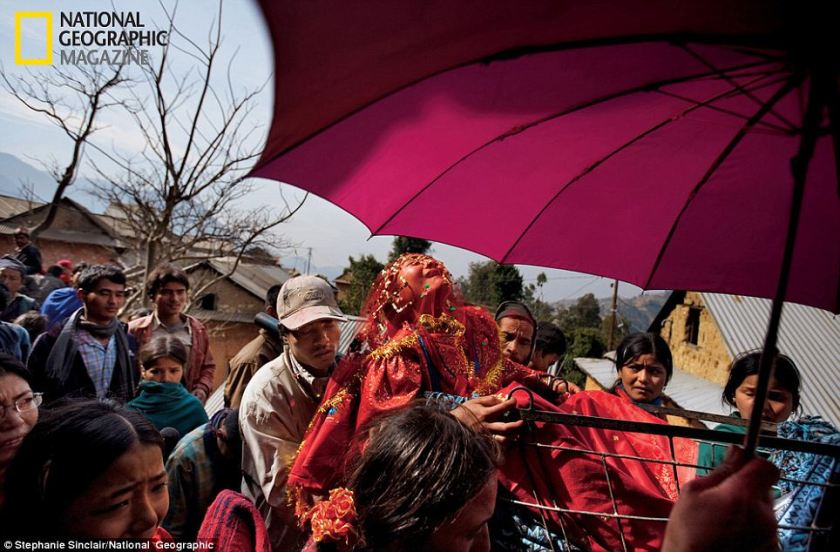The Role of Music in War
Music is often used as a way of motivating soldiers at war, keeping up morale of nations and sometimes creating a moral superiority over opponents. The frequent singing of national anthems is an example of a way in which music unifies a nation during war, increases patriotism and supports political ideology.
Splitting as a Coping Strategy
As human beings, we create defences to guard ourselves from the pain of seeing the death toll of war. This is helped by the use of music and media to justify war and create war heroes. Narratives describing heroes or creating an ‘us’ and ‘them’ approach helps to justify our moral position in war. This splitting humanity into ‘good’ and ‘evil’ may be a way our minds can justify war for perpetrators and cope with the guilt, trauma and loss associated with violent conflicts.
A Devotional Song for Peace
The song that I am sharing today is beautiful because of its simplicity. It appeals to God by different names, Allah, Ishwar and Bhagwan. Allah Tero Nam, from the Bollywood film Hum Duno (1961) is a prayer for God to bless everyone, irrespective of faith.
The singer is asking for God to ensure that her (and others’) sindoor (mark to symbolise marriage on forehead) is not destroyed, in other words that she is not widowed. Similarly, she is requesting that the hopes of mothers and sisters are not shattered (‘Ma behono ko aas na tutteh’).
It is interesting to note that this song does not differentiate who is ‘good’ and who is ‘evil’ but instead illustrates the similarity in how the wives and sisters would be affected by deaths. The singer also requests that souls should not be left wandering the earth, suggesting that bodies left dead without a burial/creation will be a meaningless death. This contrasts with narratives of the dead as heroes fighting for their nation, and their deaths being a symbol of courage and patriotism.
I enjoy this song because of its simple message. Grief knows no religion nor cultural difference, but is experienced the same by all who lose a loved one in war or otherwise. This song highlights that we are all creations of God, and war serves the function of destroying our humanity.

















